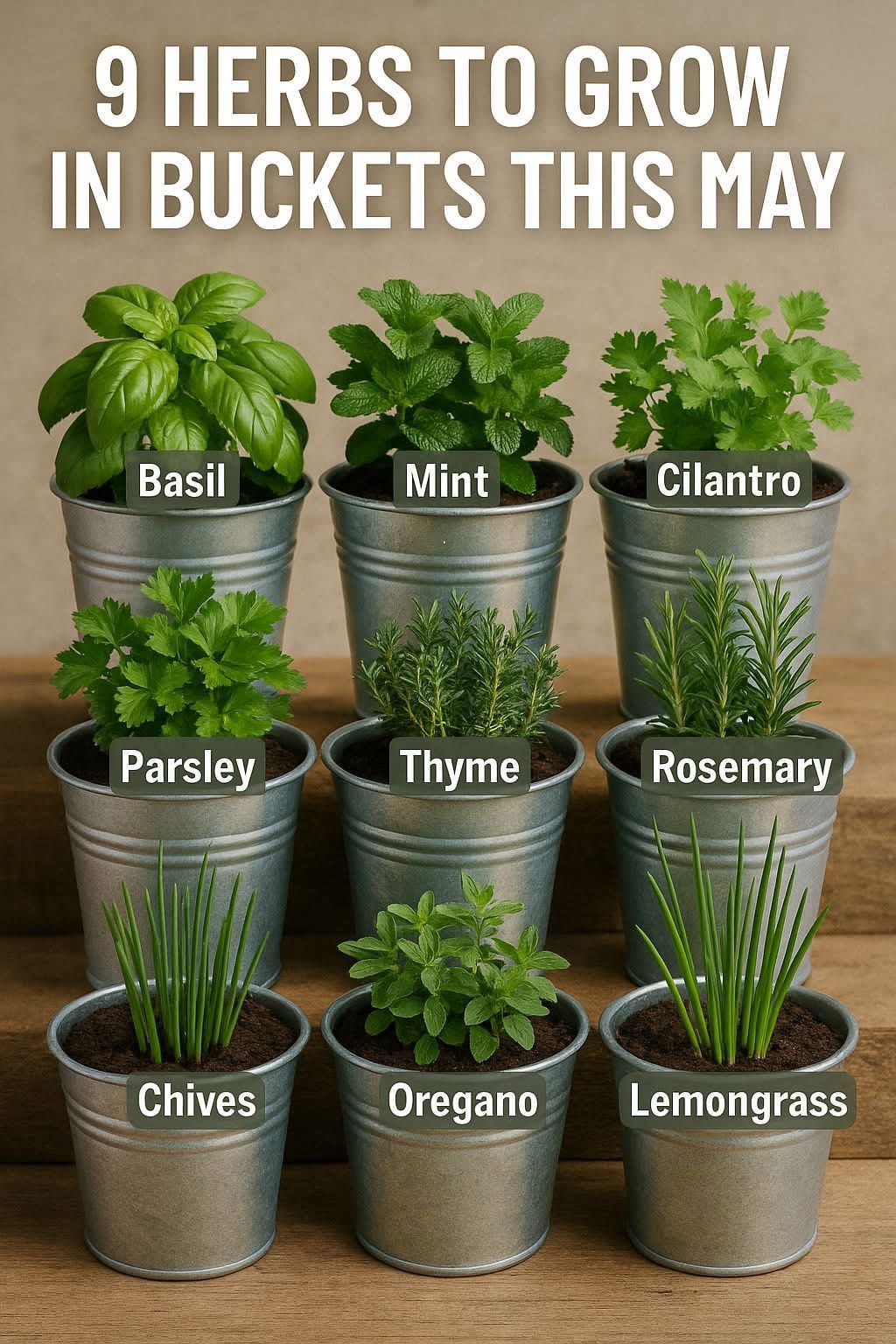19. Bucket Setup Deep Dive
Maximize performance—and style—by elevating your basic bucket into a high-efficiency, decorative container system.
19.1 Advanced Drainage Techniques
- Dual-Layer Drainage: Place 1″ of coarse gravel or LECA clay balls at the bottom, then a layer of landscape fabric before potting mix. This prevents mix from washing into the gravel and ensures free water flow.
- Internal Wick System: Thread a strip of cotton rope through a small hole near the bucket base. The rope draws excess moisture into a lower reservoir (another waterproof bucket), reducing root-rot risk.
- Self-Watering Wick Pots: Insert a 2″ wide felt strip vertically from a lower water reservoir up into the soil. Top off the reservoir every 5–7 days for consistent moisture delivery without daily watering.
19.2 Decorative & Functional Buckets
- Paint & Seal: Use exterior acrylic paint to customize colors; seal edges with clear varnish to protect against UV and moisture.
- Decoupage Panels: Adhere waterproof paper prints or fabric to the outside with outdoor Mod Podge for an artisanal look.
- Handles & Wheels: Screw on D-rings and carabiners to attach rope handles, or bolt on caster wheels for easy mobility.
19.3 DIY Micro-Irrigation Add-Ons
- Drip Tape Integration: Punch small holes in ¼″ poly drip tape and bury it at root depth; connect to a timer-controlled emitter for precise watering.
- Capillary Matting: Line the inside walls with capillary fabric that wicks moisture from a lower reservoir through the bucket walls directly to roots.
- Rainwater Diverter: Attach a small gutter diverter to your downspout and route rain into a bucket reservoir beneath the planting bucket, creating an automated filling system.

